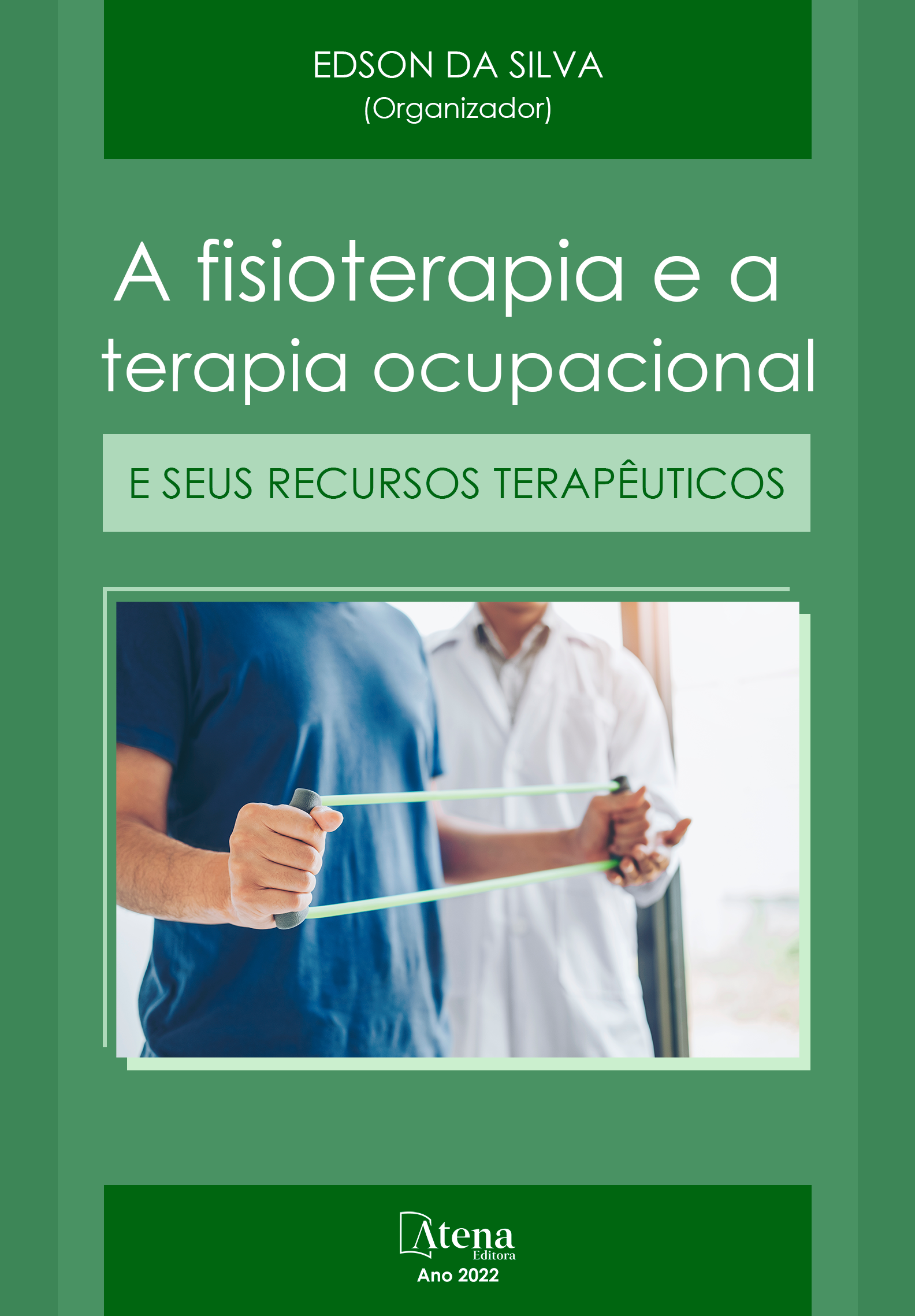
EFEITOS DA ESTIMULAÇÃO AUDITIVA RÍTMICA NA MARCHA DE INDIVÍDUOS COM DOENÇA DE PARKINSON: UMA REVISÃO INTEGRATIVA
Resumo: A utilização da Estimulação Auditiva Rítmica (EAR) é um dos recursos terapêuticos que aperfeiçoam o ganho de comprimento e controle de velocidade da marcha nos indivíduos com Doença de Parkinson (DP). A EAR é tida como ativadora dos circuitos subcorticais, espinhais e neuronais corticais no controle motor. As particularidades rítmicas das batidas atuam como um caminho alternativo (“atalho”) da perturbação interna na criação temporal do movimento. Dessa forma, os sons ritmados geram modificações no sistema nervoso de indivíduos com DP. Objetivo: Descrever os efeitos da estimulação auditiva rítmica na marcha de indivíduos com DP. Métodos: Trata-se de uma revisão integrativa da literatura realizada entre os meses de janeiro e dezembro de 2021. Foram utilizadas as bases de dados eletrônicas PubMED, LILACS e SciELO para o levantamento bibliográfico. O operador booleano "AND” foi utilizado para refinar a pesquisa com as seguintes combinações de descritores: “Doença de Parkinson” e “Marcha”, e seus respectivos termos em inglês. Os artigos selecionados foram publicados intervalo de 5 anos. Foram incluídos estudos de intervenção que analisem fatores relacionados a marcha de pacientes com DP diante do uso da EAR. Resultados: A busca pelos artigos nas bases de dados resultou um total de 368 artigos. Após eliminação dos artigos indisponíveis na íntegra e estudos que não atendiam aos critérios de elegibilidade anteriormente citados, permaneceram oito artigos. Os estudos continham características específicas em relação a suas intervenções e instrumentos avaliativos. Quanto às intervenções, há heterogeneidade no número de sessões. Todos os estudos optaram por realizar a terapia com duração igual ou superior a 30 minutos. Ao todo, foram observados onze tipos diferentes de instrumentos científicos, sendo o Teste de caminhada de 10 metros (TC10) o mais utilizado. Conclusão: O uso da EAR tem demonstrado bons resultados na melhora de parâmetros referentes à marcha de indivíduos com DP.
EFEITOS DA ESTIMULAÇÃO AUDITIVA RÍTMICA NA MARCHA DE INDIVÍDUOS COM DOENÇA DE PARKINSON: UMA REVISÃO INTEGRATIVA
-
DOI: 10.22533/at.ed.96422310310
-
Palavras-chave: Doença de Parkinson; Marcha; Estimulação auditiva rítmica.
-
Keywords: Parkinson's disease; gait; Rhythmic auditory stimulation.
-
Abstract:
Abstract: The use of Rhythmic Auditory Stimulation (RAS) is one of the therapeutic resources that improve lenght gain and gait speed control in individuals with Parkinson’s Disease (PD). The RAS is thought to activate subcortical, spinal and cortical neuronal circuits in motor control. The rhythmic particularities of the beats act as an alternative path (“shortcut”) of the internal disturbance in the temporal creation of the movement. Thus, rhythmic sounds generate changes in the nervous system of individuals with PD. Objective: Describe the effects of rhythmic auditory stimulation of the gait in individuals with Parkinson’s Disease. Methods: This is na integrative literature review carried out between january and december 2021. The electronic databased PubMED, LILACS and SciELO were used to refine the search with the following combinations of descriptors: “Parkinson’s Disease” and “Gait”, and their respective terms in english. The selected articles wee published with a 5-year interval. Were included analyzed factors related to the gait os pacientes with PD when using RAS. Results: The search for articles in the databases resulted in a total of 368 articles. After elimination the unavaileble articles in full and studies that did not meet the elibility criteria mentioned above eight articles remained. The studies contained specific characteristics in relation to their interventions and assessment instruments. As for the interventions there is heterogeneity in the number of sessions. All studies chose to perform therapy lasting 30 minutes or longer. Altogether eleven diferente types of scientific instruments were observed with the 10-meter walk test (TC10) being the most used. Conclusion: The use of RAS has shwon good results in improving parameters related to the gait of individuals with PD.
-
Número de páginas: 11
- José Gustavo Timóteo de Araújo
- Jordana Cabral de Oliveira
- Camila Maria Mendes Nascimento
- Aline Cireno Teobaldo
- Jéssica Maria Nogueira de Souza
- Lucas Jucá de Barros


